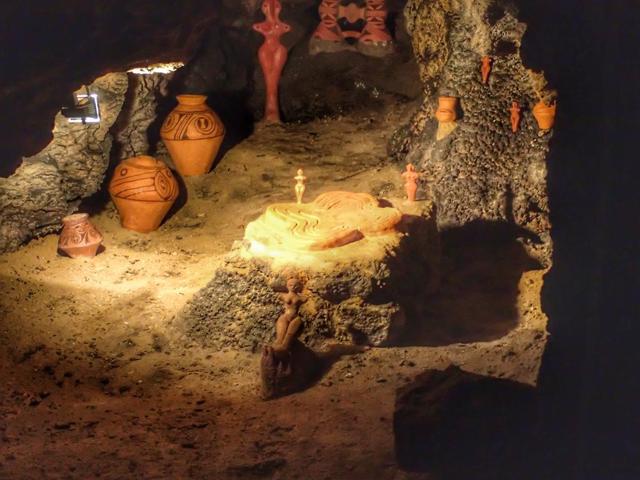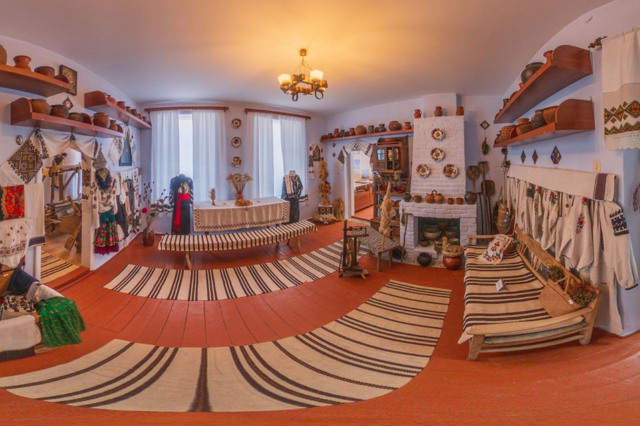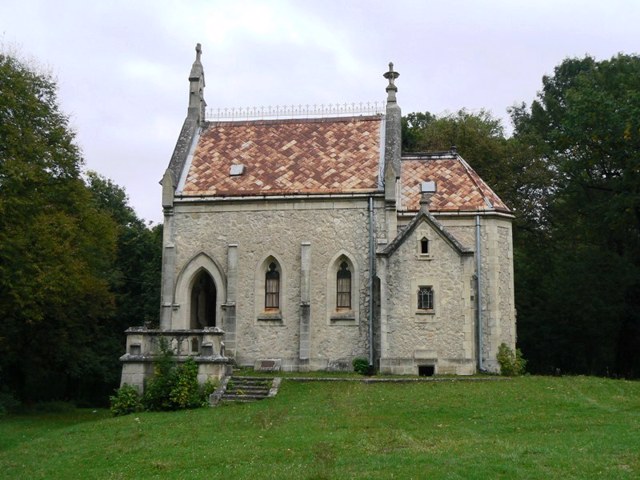Functional temporarily unavailable
Bilche-Zolote
Travel guide online Bilche-Zolote
General information about Bilche-Zolote
Village Bilche-Zolote is located on the territory of Ternopil region and is administratively part of Chortkiv district of this region. According to the Codifier of Administrative Territorial Units and Territories of Territorial Communities of Ukraine, the settlement Bilche-Zolote has the code UA61060030010076032.
The district center of Chortkiv of the district is a city Chortkiv. The distance from the district center to the settlement Bilche-Zolote is 28 kilometers in a straight line (the length of the road route may be longer).
A detailed description of Bilche-Zolote, including geographical location, date of foundation, history of the settlement of Bilche-Zolote with main historical events and persons, main sights and interesting places of Bilche-Zolote, not yet available.< ...
Village Bilche-Zolote is located on the territory of Ternopil region and is administratively part of Chortkiv district of this region. According to the Codifier of Administrative Territorial Units and Territories of Territorial Communities of Ukraine, the settlement Bilche-Zolote has the code UA61060030010076032.
The district center of Chortkiv of the district is a city Chortkiv. The distance from the district center to the settlement Bilche-Zolote is 28 kilometers in a straight line (the length of the road route may be longer).
A detailed description of Bilche-Zolote, including geographical location, date of foundation, history of the settlement of Bilche-Zolote with main historical events and persons, main sights and interesting places of Bilche-Zolote, not yet available.
Cело Більче-Золоте розташоване на території Тернопільської області та адміністративно входить до складу Чортківського району цієї області. Згідно з Кодифікатором адміністративно-територіальних одиниць та територій територіальних громад України, населений пункт Більче-Золоте має код UA61060030010076032.
Районним центром Чортківського району є місто Чортків. Відстань від райцентру до населеного пункта Більче-Золоте становить 28 кілометрів по прямій (довжина маршруту автомобільними дорогами може бути більшою).
Детальний опис Більчого-Золотого, що включає географічне розташування, дату заснування, історію населеного пункта Більче-Золоте з основними історичними подіями та персонами, основні пам'ятки та цікаві місця Більчого-Золотого, поки що відсутній.
Сплануй своє перебування у Bilche-Zolote
What to see and where to go in Bilche-Zolote
Tourist attractions and museums of Bilche-Zolote

Verteba Cave (Trypillya Culture Museum)
Museum / gallery , Natural object
The Verteba gypsum cave in Bilche-Zolote is one of the largest in Europe. The length of the underground passages is 7820 meters.
The cave consists of wide galleries separated by narrow bridges. The walls are smooth and dark, on the vaults there are carbonate formations in the form of crusts, less often - small stalactites. The average annual temperature in the cave is 9-10 degrees with a relative humidity of 92-100%.
In the V-IV millennium BC, the Verteba cave was used by people as a shelter in case of danger.
In the 19th century, when these lands belonged to the Sapehy princes, more than 300 whole ceramic jugs and a huge number of figurines, sherds, stone and bone tools belonging to the Trypillya culture were found in the cave. Most of them settled in various Polish museums, but some items can be seen in the Borshchiv Museum of Local Lore.
A cave-museum of Trypillya culture has been opened in Verteba, where a collection of sculptures and ceramics in the Trypillya style is exhibited.

Bilche-Zolote Village Museum
Museum / gallery
The Bilche-Zolote Village Museum opened in 2020 on the eve of Ukraine's Independence Day at the initiative of Lidia Miskiv and folk craftswoman Kateryna Butovska.
The exhibition presents ancient household items of the villagers, tools, icons, pedestals, old working women's and men's clothing, furniture (bed, bambetel, sideboard (credenza), chest).
The room "History of the Village in Figures" contains many old photographs, exhibits from the "Verteba" cave. An unusual exhibit is a wooden log with a trident and the inscription "Glory to Ukraine" carved inside. The patriotic inscription was carved by the rebels on a young tree and it grew into the trunk.
A separate room is reserved for wind-up dolls, which are created by local craftswoman Kateryna Butovska.
In 2022, the museum's collection was replenished with postcards of Ukrainian insurgents, which local residents found while cleaning an old house.

Sapieha Burial Church
Temple , Architecture
The Roman Catholic church in Bilche-Zolote was founded in 1839. In its current form, it was rebuilt in 1898 as a burial chapel of the Sapieha family, who owned these lands.
The small building was built in the Neo-Gothic style. The facade depicts the Lithuanian coat of arms of Gediminas' descendants "Pohonya" (rider with a sword) and the family coat of arms of Sapieha "Fox" (arrow with a double crossbar).
Today it is the church of Saint Paraskeva of the Ukrainian Greek Catholic Church.
The church is located on the territory of Bilche-Zolote Park, a monument of garden architecture (1800, 11 hectares, 46 types of trees) on the site of the former manor house that belonged to the Sapiehas.
During the Soviet times, a cultural center was built on the foundations of the Sapieha Palace.
Reviews Bilche-Zolote
Geographical information about Bilche-Zolote
| {{itemKey}} | {{itemValue}} |
|---|---|
| Region |
Ternopil |


